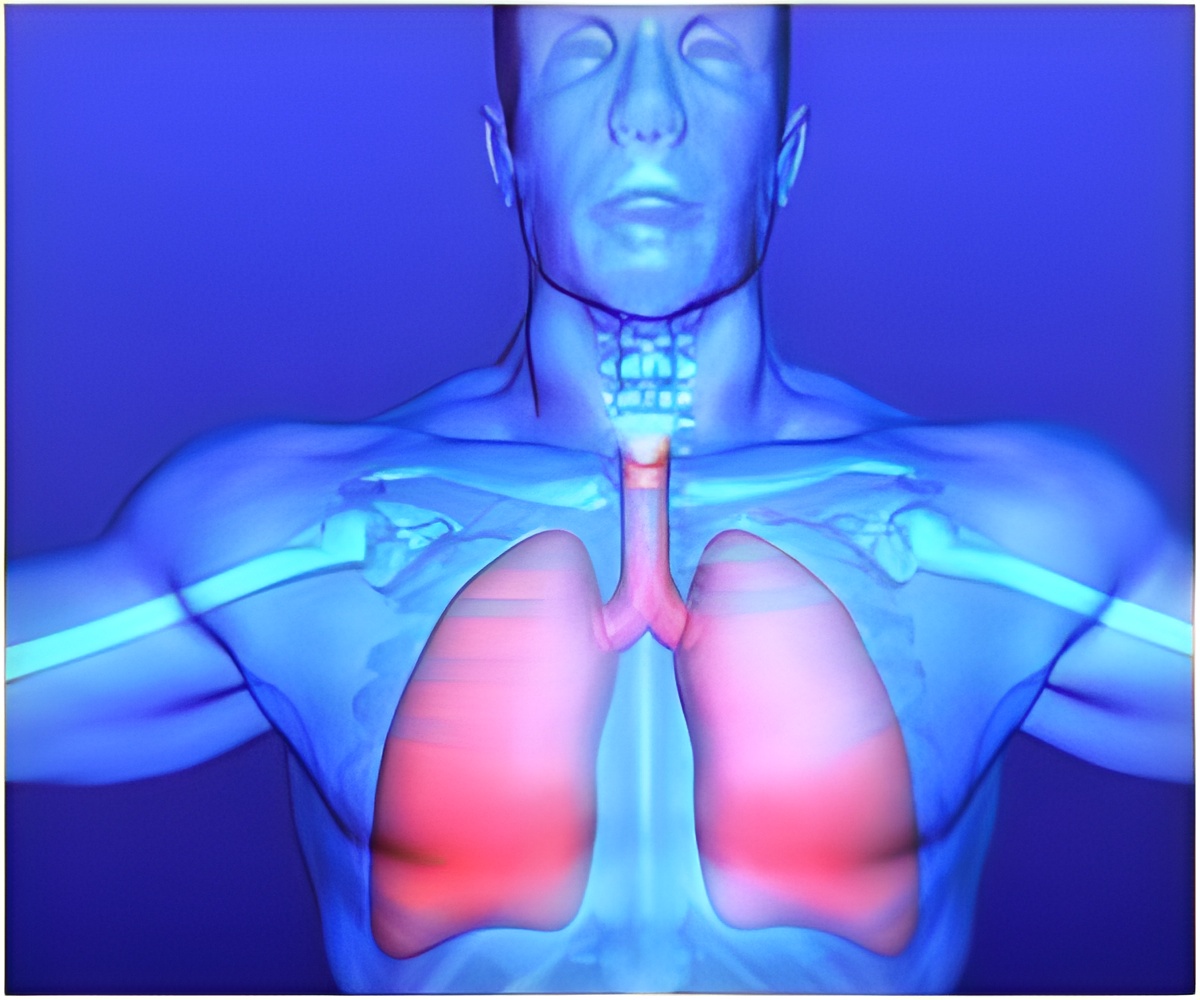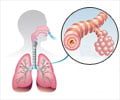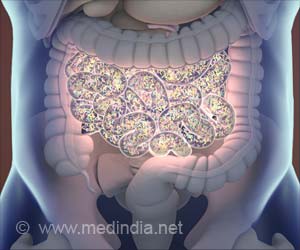
To make this discovery, Zhang and colleagues overexpressed and crystallized the SPLUNC1 protein. The three dimensional molecular structure of SPLUNC1 was then determined using x-ray crystallography. Next, its structure was compared to existing structures of a similar antibacterial protein (homolog), called the "bactericidal/permeability-increasing protein" or BPI. The researchers found a dramatic surface charge difference between SPLUNC1 and BPI, suggesting that SPLUNC1 and BPI have different lipid ligands. Finally, a lipid ligand, dipalmitoyl-phosphatidylcholine, or DPPC, was found to bind specifically to SPLUNC1. And DPPD is the surfactant that our lungs use to keep airways open. This sheds new light on the way SPLUNC1 functions in the human airway and the structural information uncovered allows for a better understanding of its properties and potential.
"The way to live forever is simple: Don't stop breathing," said Gerald Weissmann, M.D., Editor-in-Chief of The FASEB Journal. "The problem is that this isn't as easy as it sounds, especially for people with serious lung diseases and infections. This report offers hope that even some of the most difficult infections, from MRSA to Pseudomonas, can be treated in the future."
Source-Eurekalert













